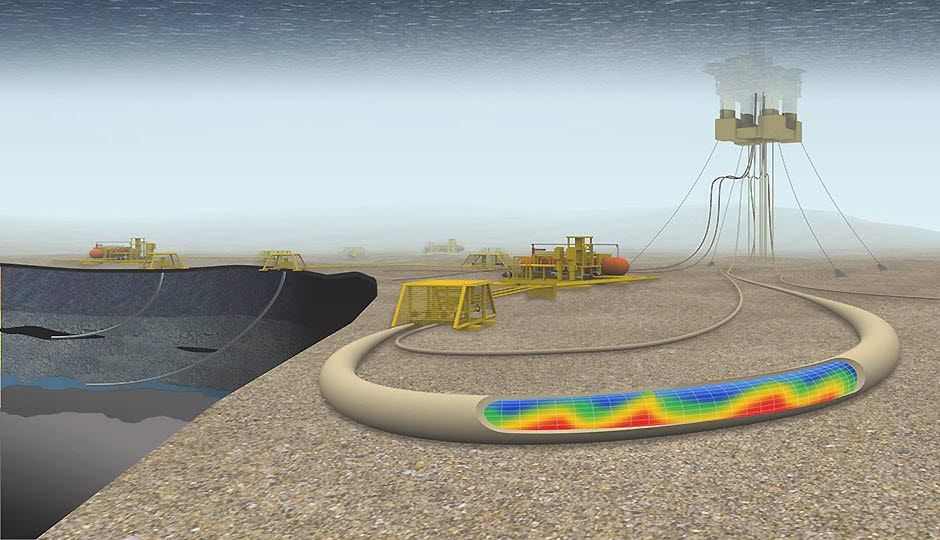To reduce costs and minimize the environmental impact associated with the development of new offshore petroleum fields the oil, water and gas are often transported together in the same pipeline. This means that multiphase flow from the reservoir to the processing facilities needs to be accurately modelled. The pipelines are often laid as "tie-backs" from the wellhead to the nearest onshore facility or to existing pipes on the seabed. Therefore, gas, oil and water must be transported over very large distances; in many cases 50-100 km and in some cases considerably longer.
To avoid operational problems related to long-distance multiphase transport, and to maximize profitability, good design decisions must be made based on an accurate prediction of the flow in these long pipes. Today's multiphase flow models have shortcomings that limit their overall precision. The ACCURATE project aimed to close the most critical knowledge gaps associated with accurate modelling of multiphase flow. Key issues addressed in the project are:
- Wall wetting in three-phase gas-dominated flow, where the liquid film covering the wall leads to increased pressure drop
- Oil-water interaction, especially with regard to the mixing of water droplets in the oil and vice versa.
- Dynamic flow, where the assumption of fully developed flow is incorrect.
After thorough testing and validation, the new models have been included in commercial versions of the multi-phase simulation software LedaFlow.
The innovation project was owned by LedaFlow Technologies DA, led by SINTEF and was carried out in close collaboration with Kongsberg Digital, ConocoPhillips and TotalEnergies.

The project is funded by the Research Council of Norway.

